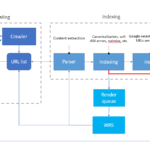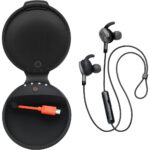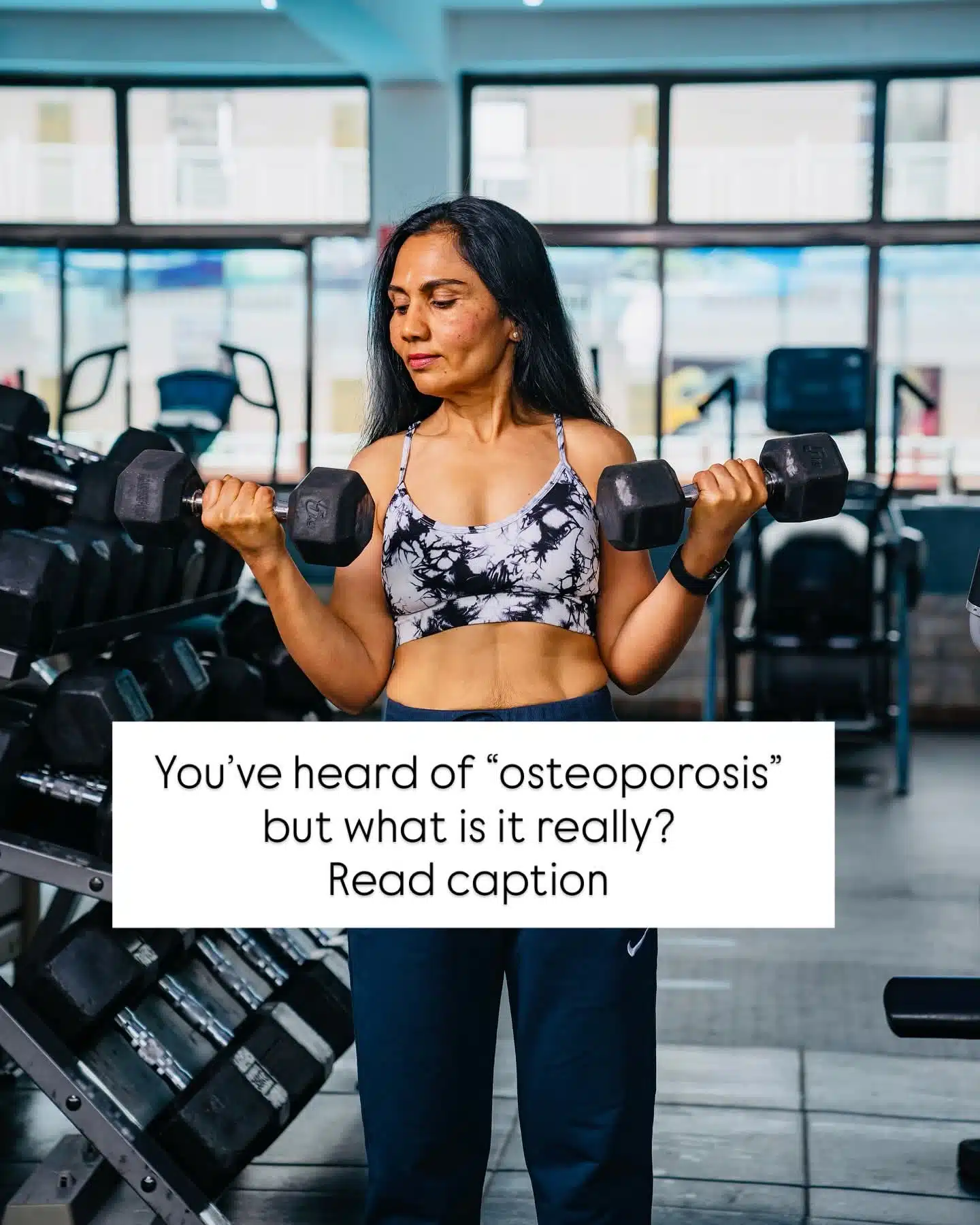🦴 Osteoporosis: A Deep-Dive Analytical Report on Women’s Bone Health
By Malini Shah | Fittr Coach | Specialist in Women’s Wellness & Midlife Health
🧠 Executive Summary
Osteoporosis is one of the most underdiagnosed and underreported chronic conditions affecting women globally. With early bone loss beginning as early as the 30s, and fracture risks surging after menopause, osteoporosis is no longer a senior-citizen concern — it’s a midlife wake-up call.
This report aims to:
- Break down the pathophysiology of osteoporosis
- Highlight current data and trends
- Analyze risk factors specific to modern lifestyles
- Provide strategic, science-backed interventions for prevention and reversal
🔬 What Is Osteoporosis?
Definition
Osteoporosis is a systemic skeletal disorder characterized by:
- Reduced bone mineral density (BMD)
- Microarchitectural deterioration of bone tissue
- Increased bone fragility and fracture risk
Pathophysiology
- In youth: Bone formation > Bone resorption
- With age: Resorption > Formation
- After menopause: Estrogen sharply drops, tipping the balance toward accelerated bone loss
Estrogen normally inhibits osteoclasts (bone resorbing cells). Its decline allows unchecked bone degradation, especially in trabecular-rich bones like spine, femur neck, and radius.
📈 Global & National Trends
🌍 Global Snapshot:
- Over 200 million women worldwide live with osteoporosis
- 1 in 3 women over 50 will suffer an osteoporotic fracture
- Osteoporotic fractures cause more hospitalization than heart attacks, breast cancer, or diabetes complications
🇮🇳 India-Specific Data (2024 Estimates):
- Over 50 million Indians affected by osteoporosis — 70% are women
- Prevalence peaks between 45–55 years
- Due to vitamin D deficiency, low dairy intake, early menopause, and lifestyle changes
Fracture Statistics:
- Hip fractures increased by 300% in the past 30 years
- Mortality within 1 year of a hip fracture: 20–30%
- Re-fracture risk within 1 year of initial fracture: 2–5 times higher
⚠️ Risk Factor Analysis
| Category | Specific Risk Factors |
|---|---|
| Nutritional | Low calcium intake, Vitamin D deficiency, low protein intake, chronic low-calorie dieting |
| Hormonal | Estrogen decline (menopause), thyroid dysfunction, PCOS, amenorrhea |
| Lifestyle | Sedentary habits, lack of resistance training, smoking, alcohol |
| Medical/Genetic | Family history, low BMI, rheumatoid arthritis, corticosteroid use |
| Geographic/Cultural | Limited sun exposure (vitamin D), vegetarian diets lacking diversity |
🛡️ Prevention & Intervention Strategies
1️⃣ Protein: The Overlooked Bone Nutrient
- Bones are 50% protein by volume
- Collagen matrix supports calcium crystals
- Low protein = fragile, brittle bone matrix
- RDA for women 40+: 1.0–1.2 g/kg body weight
Sources: Lean meat, dairy, eggs, lentils, tofu, whey protein
2️⃣ Strength Training: A Proven Intervention
- Resistance training improves BMD in lumbar spine & hips
- Enhances muscle mass, balance, and reduces fall risk
- 2–3 sessions/week recommended
Key Exercises: Squats, deadlifts, hip thrusts, rows, overhead presses
3️⃣ Calcium and Vitamin D: Critical Micronutrients
- RDA Calcium: 1000–1200 mg/day
- RDA Vitamin D: 800–1000 IU/day (or sunlight: 20 mins/day on bare skin)
Sources: Dairy, fortified soy, almonds, ragi, sardines, mushrooms (vitamin D2)
4️⃣ Functional Movement and Weight-Bearing Activity
- Walking, hiking, stair climbing improve lower-body bone strength
- Dancing improves hip and spine density
- Yoga enhances balance and flexibility → fall prevention
5️⃣ Hormonal Support and Stress Reduction
- Support adrenal function to control cortisol
- Reduce processed sugar, alcohol, and caffeine (all contribute to calcium excretion)
- Healthy fats (nuts, seeds, ghee) support hormonal synthesis
6️⃣ Supplementation Strategy (If Required)
- Calcium citrate/malate if diet is inadequate
- Vitamin D3 with K2 for better absorption
- Magnesium, Boron, Zinc — co-factors in bone remodeling
Note: Always test Vitamin D, PTH, Calcium before supplementing.
🧠 Misconceptions vs Reality
| Myth | Reality |
|---|---|
| “Only old people get osteoporosis” | Bone loss begins in the 30s, worsens post-menopause |
| “Only calcium matters” | Protein, D, magnesium, exercise are just as crucial |
| “Yoga is enough” | Yoga helps flexibility, but load-bearing strength training is essential |
| “Supplements alone work” | No — bone density is built through multi-factor habits |
🔮 Long-Term Bone Health Plan (For Women Over 35)
| Category | Weekly Target |
|---|---|
| Protein Intake | 100–120g/day |
| Resistance Training | 2–3 sessions |
| Weight-Bearing Cardio | 150 mins/week |
| Yoga/Breathing | 2–3 times/week |
| Dairy/Calcium Foods | 2–3 servings/day |
| Vitamin D Exposure | 20 mins/day |
🔚 Final Thoughts by Malini Shah
“Your bones are your legacy. What you build now will carry you into your 60s, 70s, and beyond. Don’t let silence be your warning sign. Let action be your prevention.”
🏷️ SEO Tags & Keywords (Optimized)
Primary Keywords:
osteoporosis prevention in women, bone health after 40, strength training for bones, menopause bone loss, protein for osteoporosis, calcium intake daily, vitamin D and bones
Secondary Keywords:
osteoporosis in India, best foods for bones, weight training for women over 40, osteoporosis supplements, early bone loss, lifestyle diseases in women
📍 Regional Relevance
This article is tailored for readers in:
India, Australia, UK, Kenya — all regions with high vitamin D deficiency, cultural diet constraints, or sedentary aging trends in women.









